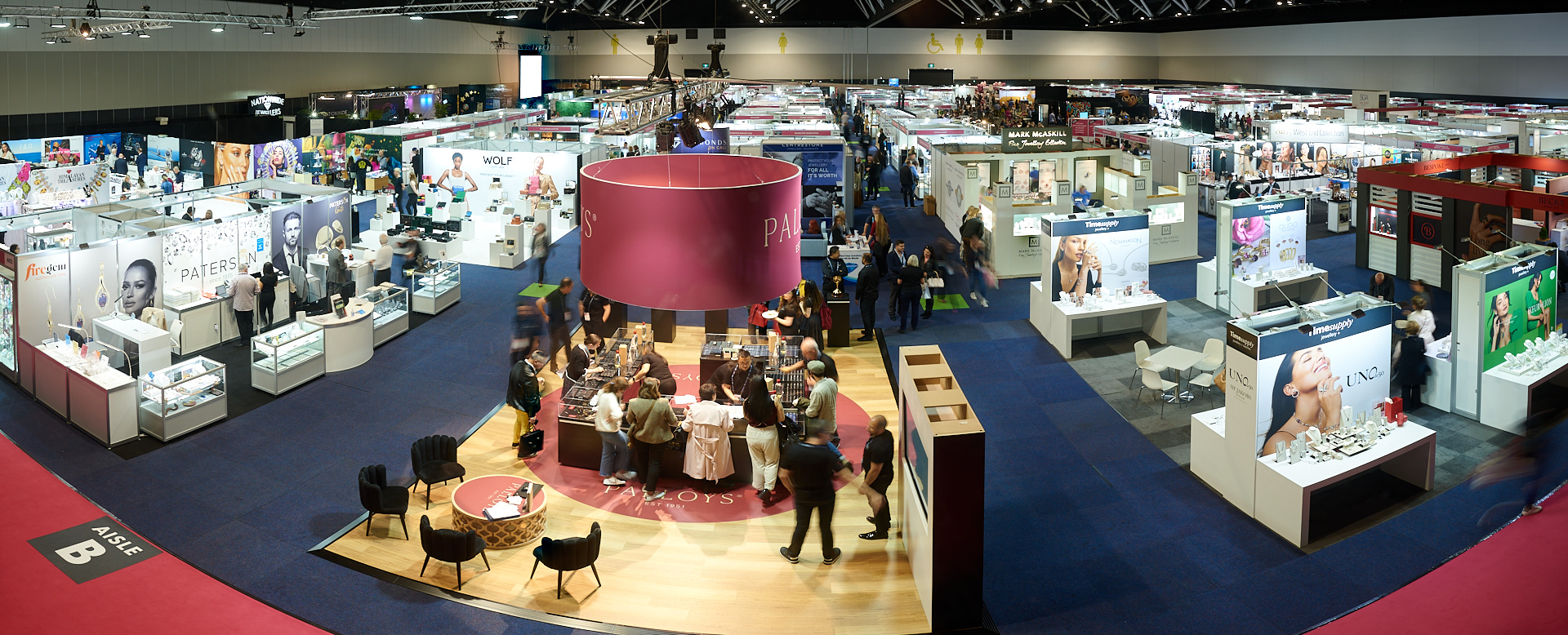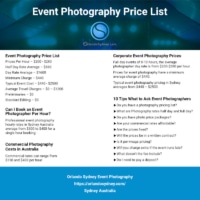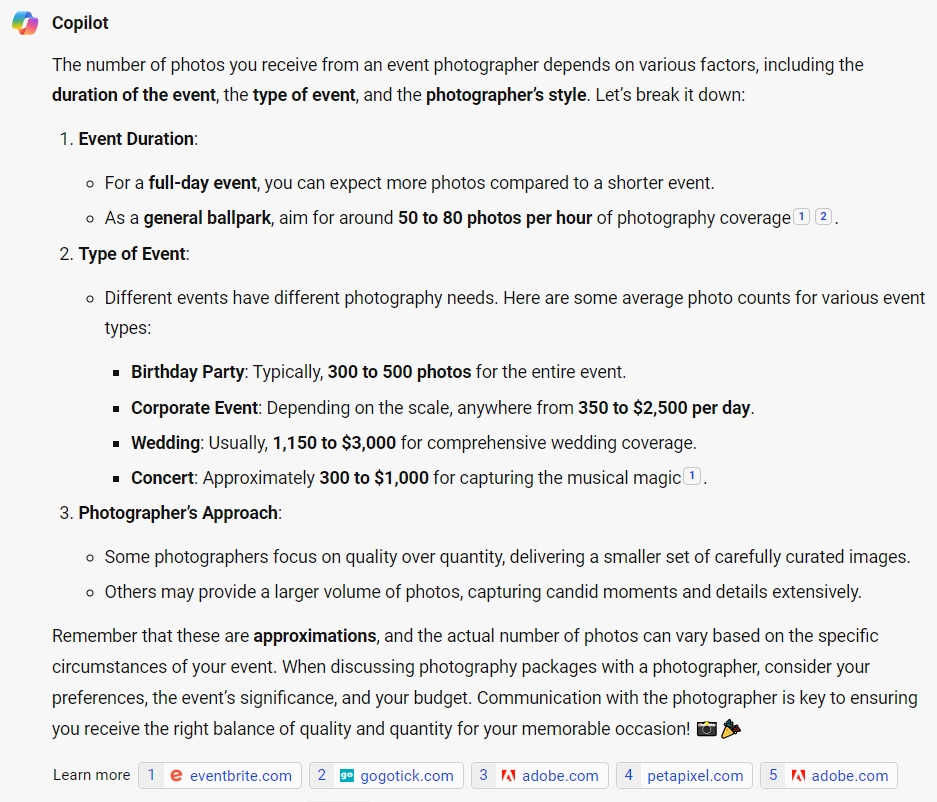What is a Trade show? Answered by Corporate Event Photographers
Discover the Definition, Purpose, Types and Benefits of Trade shows
By Orlando Sydney Post Modified April 26, 2024 @ 6:54 pm Last Updated on 7 months by https://orlandosydney.com/
We’ve photographed many many Trade shows over the years, the last one was less than a week ago from first publishing this article, so we know first hand how important for business, industry and the greater economy they are.
This article is for the new people entering into the $36b industry and covers most of the basics plus some, more in depth tips for those readers and researchers with some experience. Let’s start with the very basic.
What is a Trade show? (Definition)
A Trade show is a corporate event where businesses in a specific industry gather to showcase their products and services to potential customers, network with other professionals, and exchange trends and knowledge.
Trade shows have been a crucial sales and marketing tool for centuries, allowing businesses to showcase their goods, disperse knowledge, and talk about industry trends in a tailored environment.
More detail of what this article will explore in order or use the jump links to the right of this page (on desktop) to jump to that section;
- Types of trade shows
- Difference between a Trade B2B and Consumer B2C Exhibition
- Benefits of participating
- Planning and preparation
- Designing an effective trade show booth
- Marketing and promotion strategies
- Maximizing engagement and interaction
- Measuring success and ROI
- Case studies of successful trade show campaigns
- Common mistakes to avoid
- Future trends and innovations
- Tips for first-time trade show exhibitors
- And trade show etiquette and networking guidelines
What are the differences between B2B Trade shows and B2C Exhibitions?
B2B (business-to-business) and B2C (business-to-consumer) trade shows differ in their respective strategies, applications, audiences, and how they communicate with them.
Here are some key differences between B2B and B2C trade shows:
Audience
B2B trade shows are focused on business-to-business interactions, while B2C trade shows are focused on business-to-consumer interactions.
B2B trade shows are attended by professionals, business owners, and decision-makers who are interested in products and services that can help their business clients.
B2C trade shows are attended by individual consumers who are interested in products and services for personal use.
Goals
B2B trade shows are focused on lead generation, reinforcing relationships with dealers and distributors, and networking with other professionals in the industry. B2C trade shows or exhibitions are focused on on-the-spot sales, generating brand awareness, and creating a positive brand image.
Marketing and Promotion Strategies
Marketing and promotion strategies for B2B and B2C trade shows differ in their respective strategies and applications. B2B marketing and promotion strategies are focused on ROI, efficiency, and expertise, while B2C marketing and promotion strategies are focused on deals and entertainment.
B2B marketing and promotion strategies can include email campaigns, social media marketing, and direct mail campaigns. B2C marketing and promotion strategies can include advertising, social media marketing, and influencer marketing.
Booth / Stand Design
Booth design for B2B and B2C trade shows can differ in their respective strategies and applications. B2B trade show booths are often designed to be more professional and informative, with a focus on product demonstrations and hands-on activities.
Whereas B2C show booths are often designed to be more visually appealing and interactive, with a focus on creating a fun and engaging environment, sometimes with a lot more bling.
Sales Cycle
The sales cycle for B2B and B2C trade shows can differ in their respective strategies and applications. B2B sales cycles are often longer and involve more decision-makers, while B2C sales cycles are often shorter and involve fewer decision-makers.
By understanding the differences between B2B and B2C Exhibition shows, businesses can tailor their strategies and tactics to maximize the potential of these events.
Whether it’s lead generation, on-the-spot sales, or reinforcing relationships with dealers and distributors, all shows can provide valuable opportunities for businesses to connect with their target audience and achieve their goals.
Photo of a Business only Tradeshow at the ICC Sydney, Level 4 Exhibition Centre
Introduction to Trade Shows
Trade shows are events that bring together members of a particular sector to display, demonstrate, and discuss their latest products and services. Major trade shows usually take place in Convention Centres in larger cities and last several days, while local trade shows may be held at a local arena or hotel and allow businesses in the area to connect with prospects.
Trade shows often provide exhibit space, workshops or presentations, opportunities to interact with the media, evening networking events, private exhibitor events, and awards presentations.













































